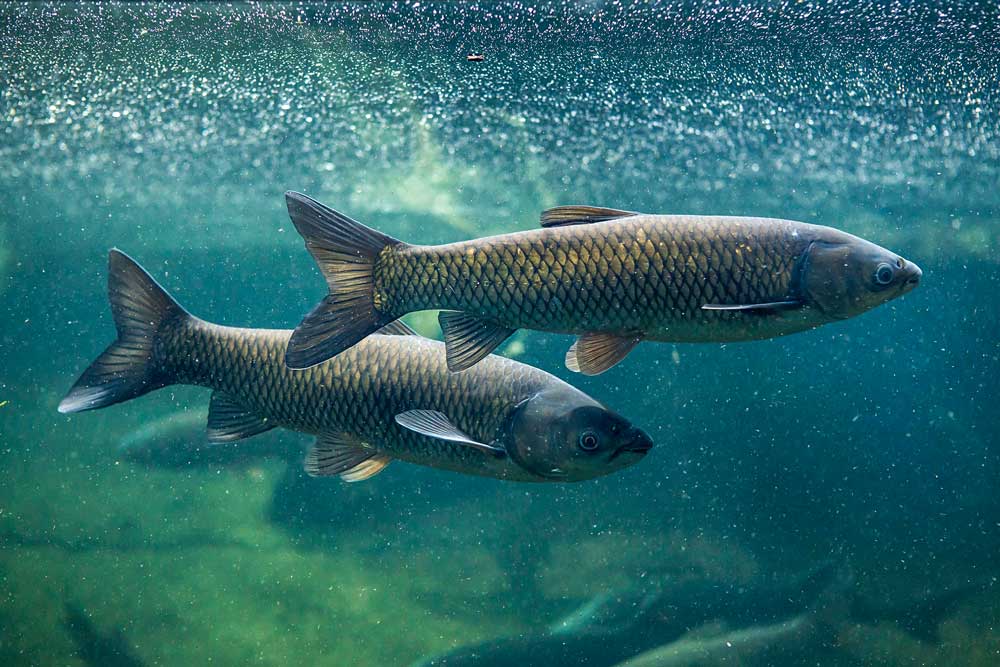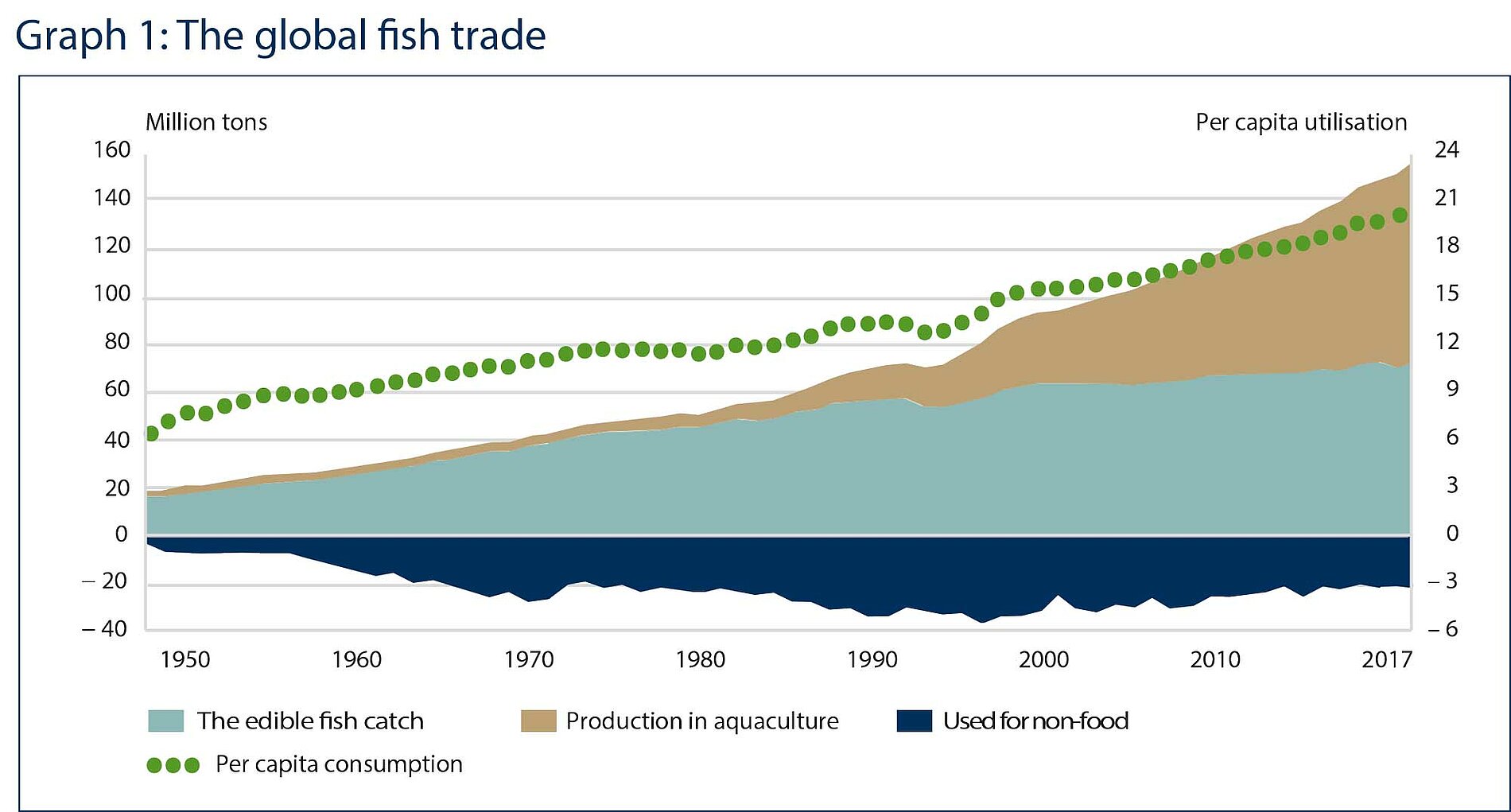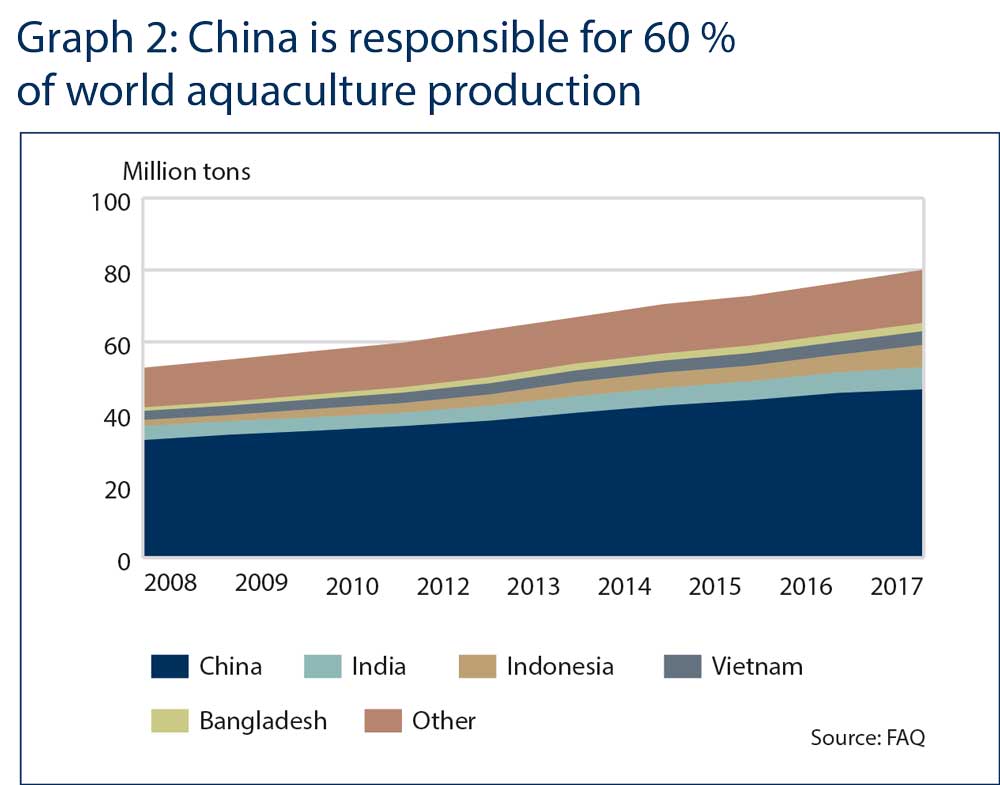More fish from Asia
By Markus Wolf, DLG Mitteilungen
One tenth of the world population earns a livelihood in fishing or aquaculture. And for an estimated 3 billion people, fish and other marine products represent an important source of dietary protein. These are facts that diverse organisations from all over the world like to emphasise on World Fisheries Day, held annually on the 21st of November. At the same time, the sector nets more than a little criticism, mainly concerning the impact of overfishing on ocean stocks, and on the people that – directly or indirectly - depend on these fish.
That this doesn’t only affect distant lands is indicated by the latest adjustments to catch quotas in the Baltic Sea. For cod and herring, the EU Fishery Council has reduced catch quotas by 60 and 65% respectively in the western Baltic for 2020. Thus, according to the German Federal Ministry of Agriculture in October, a balance has been found between the »Restocking of our fish populations and the severity of the effects on our fishers«.
Increasing importance of aquaculture
To a background of threatened fish stocks and natural fishery catches that continue to increase, although progressively more slowly, aquaculture steadily increases its position as a food supplier with dynamic expansion in its output of fish and other marine food products. This is confirmed by UN Food and Agricultural Organisation (FAO) statistics (graph 1). From the recently available 2017 data, worldwide production has grown by around 5% to 80 m t. In the same period, the catch by fishery fleets increased by 3.5% to almost 93 m t. Total output from both sources of fish, crustaceans, shellfish and other marine creatures was 173 m t, so that fish & co., exceeded the combined world production of pig meat and beef by a good 9 m t. Since 2000, the aquaculture share in the total amount has increased from 26% to more than 46%.
Meanwhile the value of aquaculture production has overtaken that of the natural fisheries. From an estimated production value of 383 billion USD, the latest figures show that 62% of this was earned by aquaculture products. Formulated more simply, 1 t of fish from aquaculture thus generates roughly double the turnover of the same weight of natural fishery catch.
China is the leader
Almost 60% (47 m t) of worldwide aquaculture production comes from China. Following some distance behind are India and Indonesia (each 6 m t). These three countries are, incidentally, also the heavyweights of natural fishery. Vietnam (4 m t) and Bangladesh (2 m t) complete the top 5 of aquaculture producers. This part of the list alone shows that aquaculture is mainly in Asia (graph 2). Under the 10 biggest aquaculture production lands, only one (Norway with 1.3 m t) is European. Almost 90% of global production is supplied by the top 10, which also includes Thailand, Myanmar, Chile and Egypt.
Grass carp: the most important fish in aquaculture
In terms of tonnage produced, aquaculture’s star so far is the grass carp, also known as the China carp. Annual production of this freshwater fish is 5.5 m t, just under 7% of total world aquaculture output. Together with the silver carp (4.7 m t) and the Pacific whiteleg shrimp (4.5 m t), these three most important producers in this sector capture a market share of 18%. Increased to the 30 most important creatures, their market share is 63%. Compared with the dominance of the three top meat types (pig meat, poultry and beef), representing 94% of world meat production, the aquaculture market is extremely fragmented according to meat type.
Fish has a high trade trading volume
A large proportion of aquaculture output, and that of the natural fisheries catch too, ends up on the respective export markets. Hereby, FAO statistics don’t differentiate between production methods. Instead, it indicates a cross-border trade amounting to 38% of production, a value many times that of meats where between 8% (pigs) and 18% (cattle) are involved in export trade. Biggest importers of fish and other water-reared foods are USA, Japan and China, although in the top 20 importers can be found 11 EU member countries. This means that the EU as a whole is the biggest customer on the world market.
EU purchases in this product sector (not counting EU inner trade) covers more than 70% of consumption needs. On the EU shopping list right at the top stand salmon (from Norway), cod, shrimps and tuna. While EU purchases from outside the union cost a total of around 25 bn €, the respective export sales only earned a fifth of this. No surprises here: the only fish that the EU is self-sufficient in (over 100%) is mackerel. For all other products, imports have to make up the balance to a greater or lesser extent. From the production aspect, the importance of aquaculture in the EU remains markedly behind that of the natural fisheries, with output from the former just one quarter of the natural catch.
Summary
The importance of natural fisheries and aquaculture for human nutrition must never be underestimated. For an estimated 3.3 bn people, fish and other water-living creatures supply at least 20% of daily consumed animal proteins. If one ignores the products that end as non-food (around 20 m t), the per capita consumption from aquaculture output in 2017 was around 11 kg, overtaking for the first time the reported 10 kg supplied by natural fisheries.





